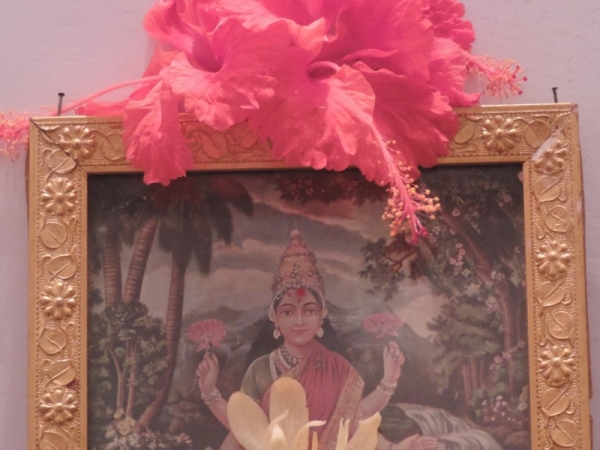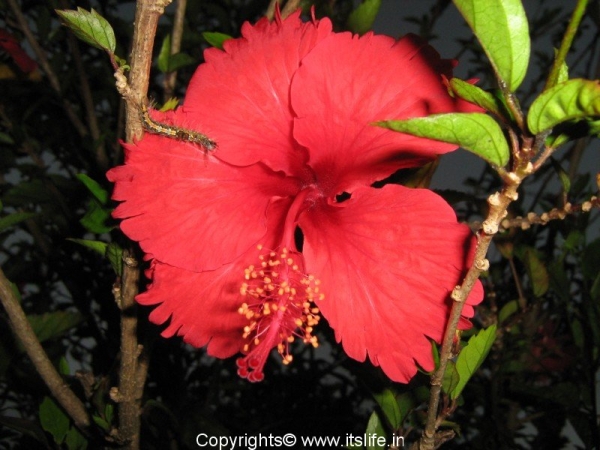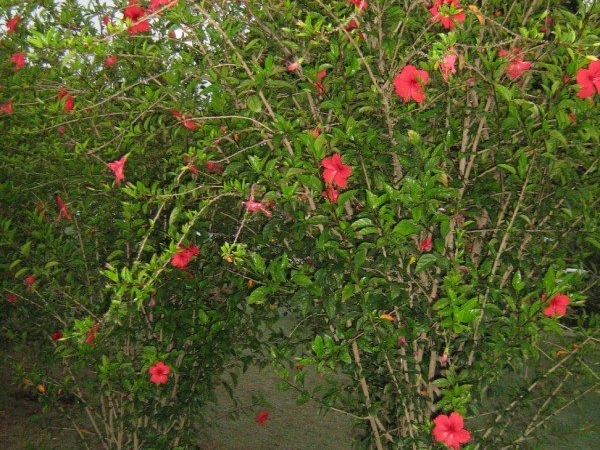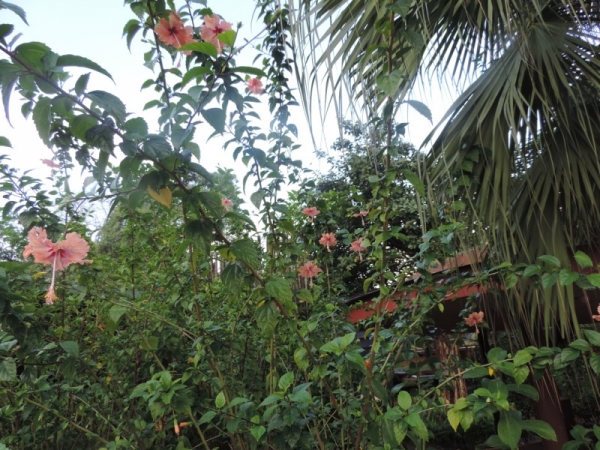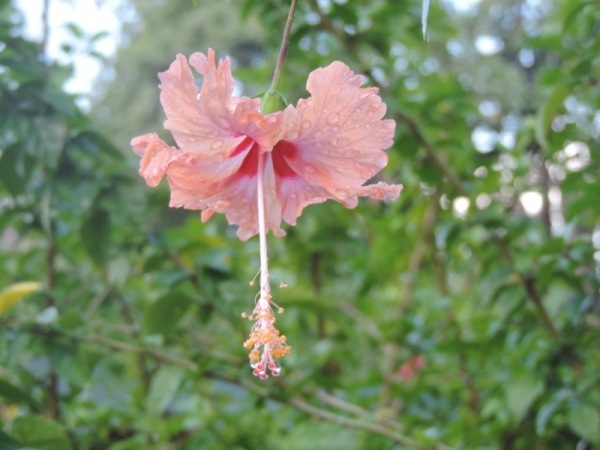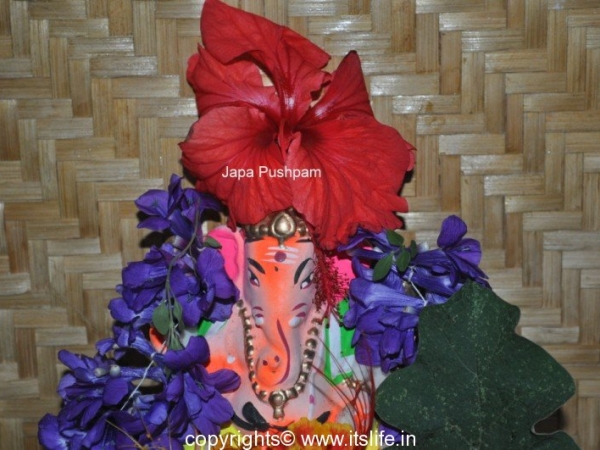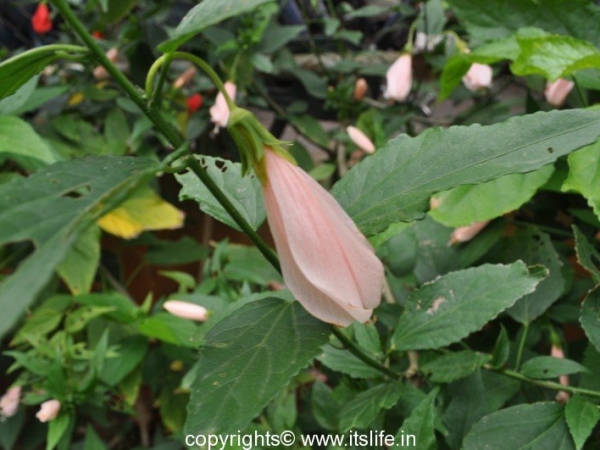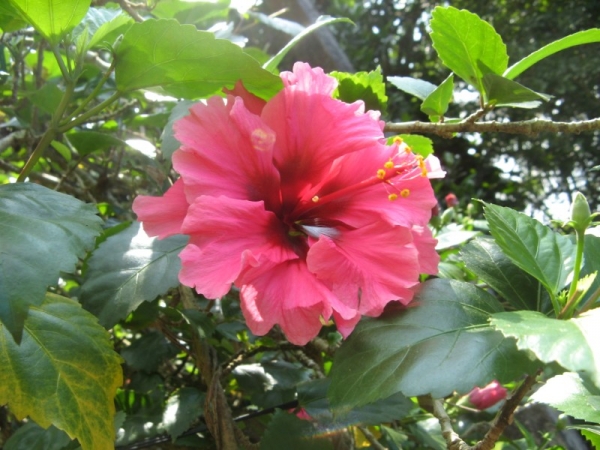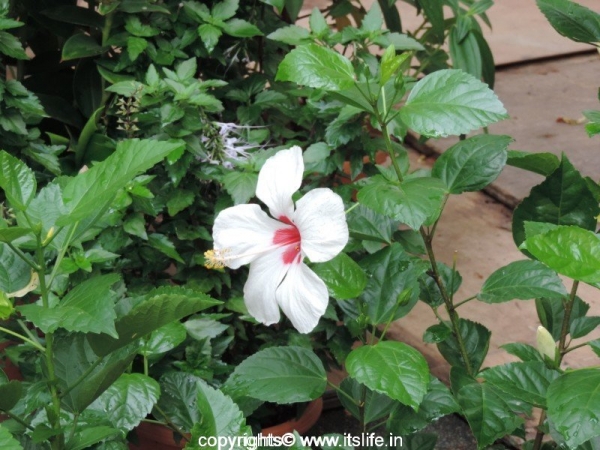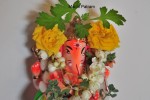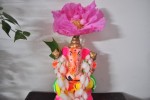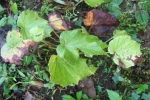Every house with a garden in South India will have a Hibiscus plant. The flowers are plucked in the morning and are arranged aesthetically in the Pooja Room.
Botanical name is Hibiscus rosa-sinensis and belongs to Malvaceae (mallow) family. Dasavala in Kannada, Japa in Sanskrit, Gurhal in Hindi, Chemparati in Malayalam, Cembarutti in Tamil. Hibiscus is a perennial shrub and is native to tropical and sub-tropical regions. The tree grows to a height of 15 feet.
Flowers are bell shaped and are either single or double, smooth or scalloped. They bloom in various hues and also in double shades. A long central tube with stamens and pistils makes the flower attractive. Butterflies and Humming birds love the nectar of this flower.
The branches appear to be tied in a bunch. The leaves are dark green, alternate, and toothed. Fruit is a five lobed capsule containing seeds.
Hibiscus is the national flower of Haiti, South Korea, and Malaysia and also the state flower of Hawaii. Many species are grown for their ornamental value.
Medicinal uses:
Hibiscus is rich in Vitamin C and minerals. It has the ability to reduce blood pressure and acts as a natural diuretic. Ayurveda medical treatments use this to cure cough, hair loss, and hair greying.
Pregnant and breast feeding mothers are advised are not recommended to use any product prepared using Hibiscus.
Other uses:
In Bengal, Hibiscus is offered to goddess Kali. It is also offered to Lord Ganesha during the 21 Pushpa Pooja while chanting the following mantra: “Om Sarwasidhdhipradaayakaya Namaha, Japa Pushpam Samarpayami”.
Children in Philippines crush the petals of Hibiscus and dip a hollow Papaya stalk and blow bubbles and have fun.
Propagation:
Hibiscus plant is grown using cuttings. Plant them in well-drained soil in full sun. Water daily and fertilize every fortnight. Spray insecticide once a month. Prune yearly once for new growth and flowers.
Recipes using Hibiscus:
Hibiscus Juice
Hibiscus Tea
Candied Hibiscus
